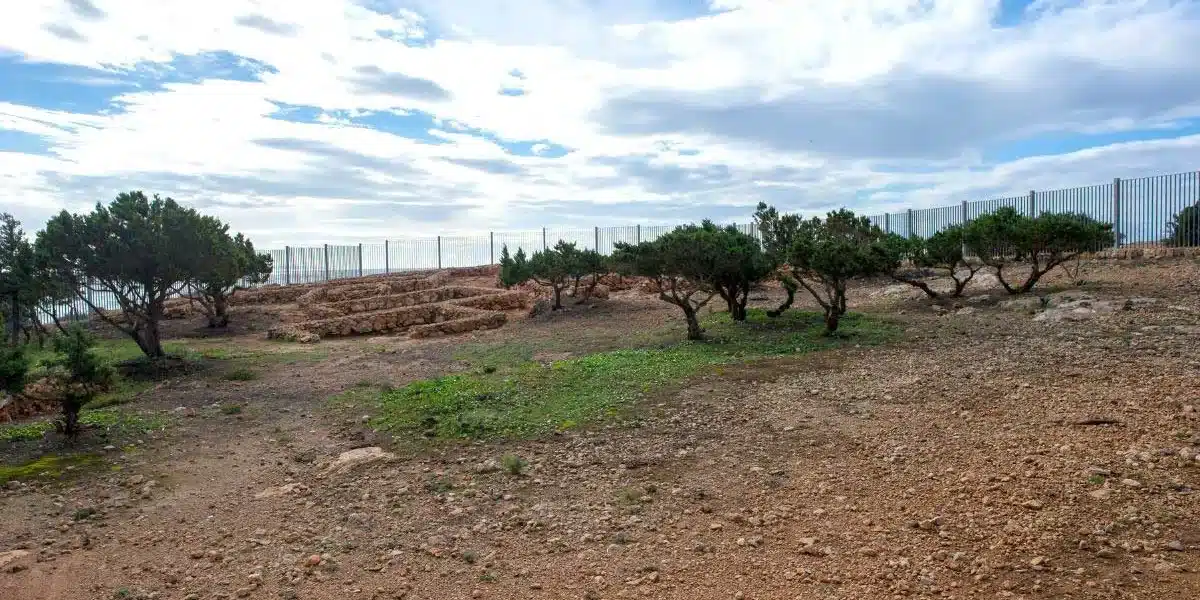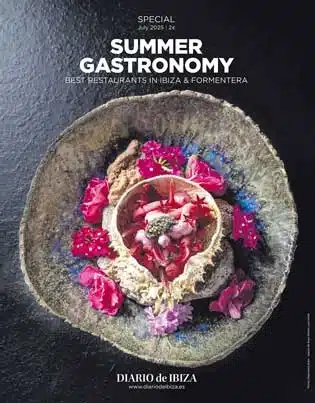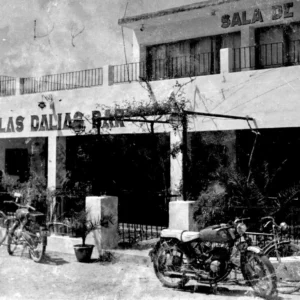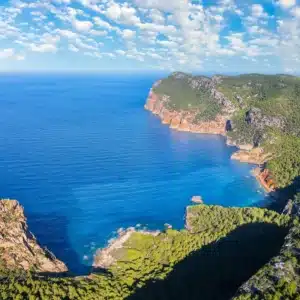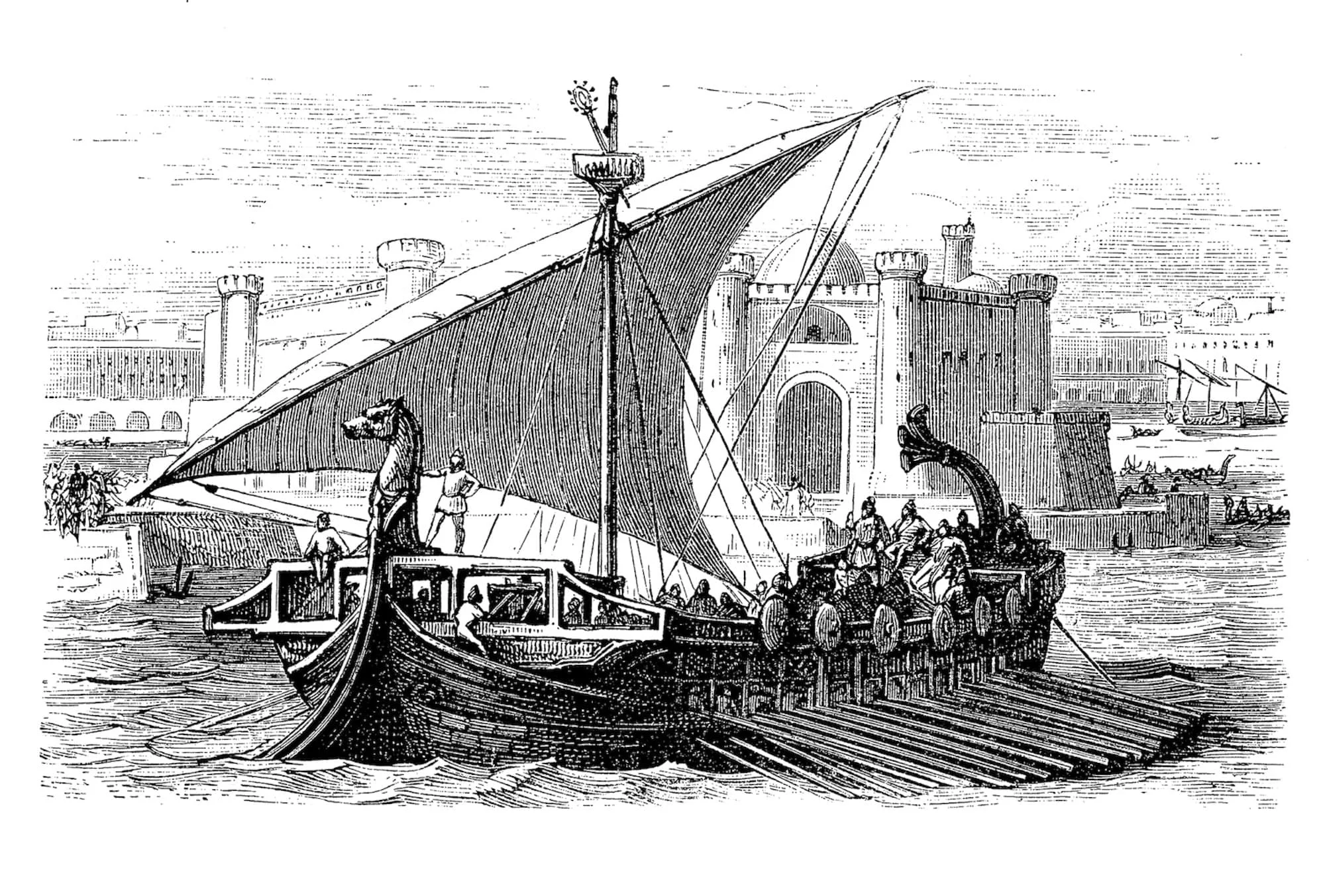Ibiza has been a cultural crossroads for millennia, reflected in the various names it has been given by different civilizations. Each name encapsulates a chapter of its rich history, offering insights into the island’s evolving identity.
This article delves into the etymology and significance of the names bestowed upon the island throughout the ages, providing potential tourists with a fascinating glimpse into its storied past.
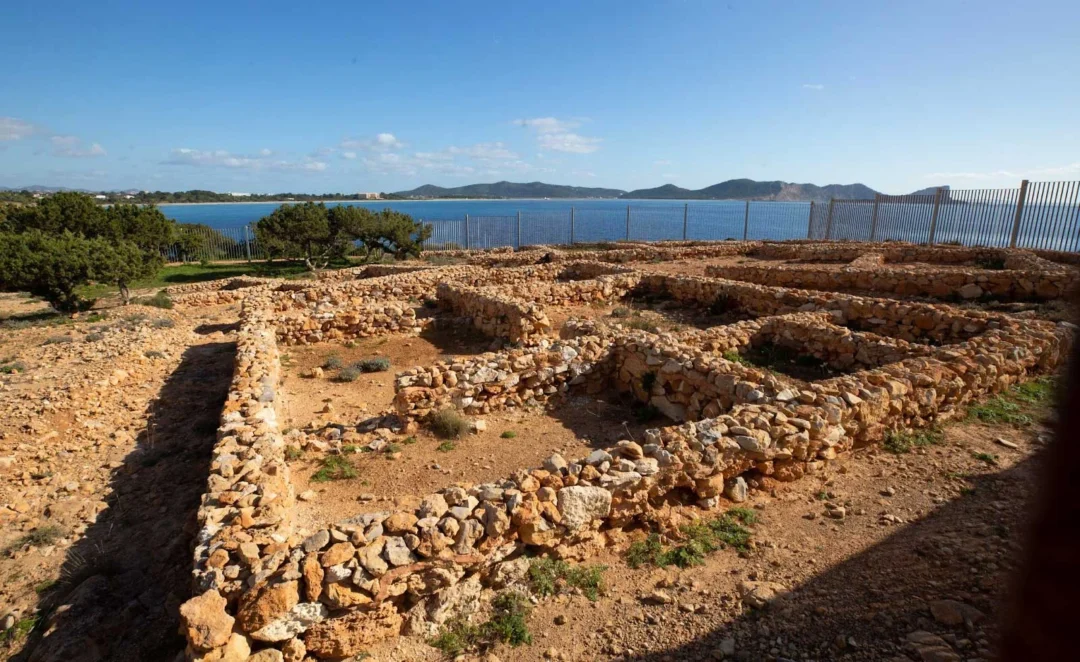
Ibosim: the Phoenician era (654 BC – 146 BC)
The earliest recorded name is Ibosim, attributed to the Phoenicians who established a settlement on the island around 654 BC. This name is believed to be in honour of the deity Bes, the god of music and dance, reflecting the cultural and religious influences of the time. The Phoenicians were instrumental in developing the island as a strategic trading hub in the western Mediterranean, laying the foundation for its multicultural heritage. Ibosim was renowned for its salt production and rich marine resources, which were essential for Phoenician commerce.
Curiously, Ibiza was one of the few places where the cult of Bes thrived, making it unique among Phoenician settlements. Bes was considered a protector of households, music, and fertility, making the island a spiritually significant place in the ancient world.
Ebusus: the Roman period (146 BC – 5th Century AD)
Following the Punic Wars, the Romans took control of Ibiza, renaming it Ebusus. This Latinised version of the Phoenician name signifies the island’s integration into the Roman Empire. Under Roman rule, the island flourished as a confederated city, benefiting from trade and cultural exchange. The Romans further developed the island’s infrastructure, introducing roads, aqueducts, and urban planning elements that can still be seen in ruins today.
One fascinating aspect of Roman Ibiza was its textile production, particularly the manufacture of a type of fabric dyed with Tyrian purple, a highly valued commodity in the Roman Empire. The island’s salt flats continued to be a major source of wealth, exporting salt to various parts of the empire.
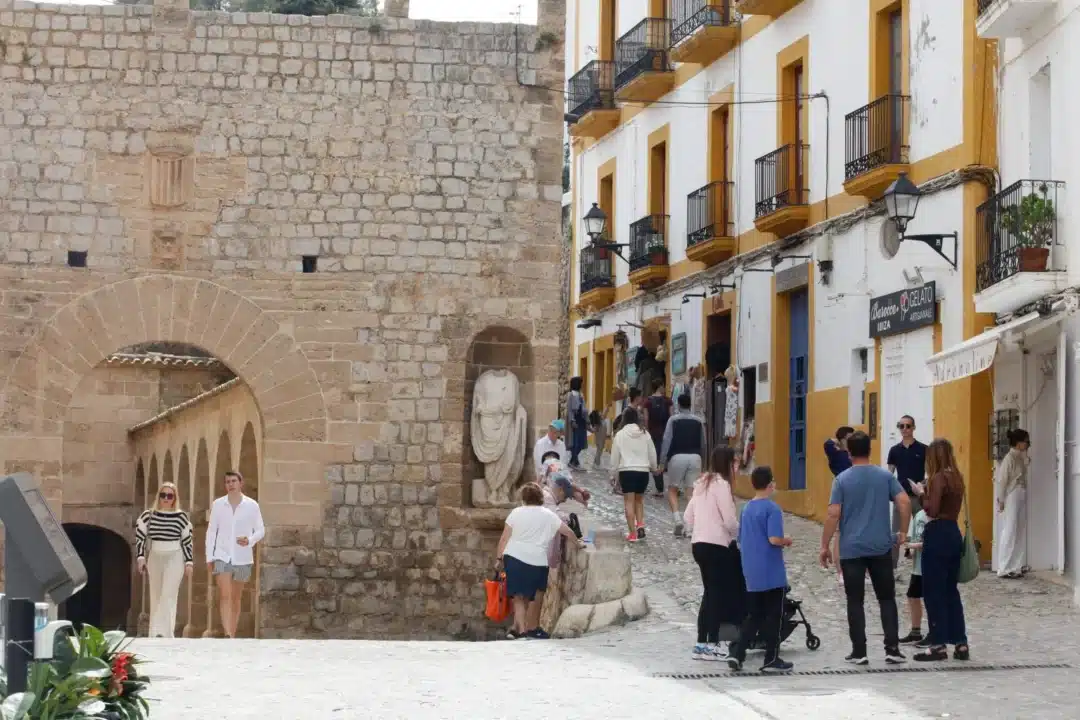
Yabisah: the Islamic influence (902 AD – 1235 AD)
In 902 AD, Muslim forces conquered Ibiza, introducing Islamic culture and renaming the island Yabisah. This name is an Arabic adaptation of the earlier Roman Ebusus, demonstrating the continuity of the island’s identity through linguistic transformation. During this period, significant advancements were made in agriculture, architecture, and urban development, many of which influence the island’s character to this day.
The Islamic rulers implemented sophisticated irrigation systems, such as the “acequias” and “aljibes” (canals and cisterns), which allowed for efficient water management and agricultural growth. They also introduced crops such as citrus fruits, almonds, and olives, which remain central to Ibiza’s economy.
Eivissa: the Catalan era (13th Century – Present)
The Catalan conquest in 1235 AD marked a new chapter for the island, introducing the name Eivissa, which remains the official Catalan designation. This period saw the integration of Catalan culture, language, and traditions, shaping the modern identity of the island. The name Eivissa is a testament to the enduring influence of Catalan heritage in the Balearic Islands.
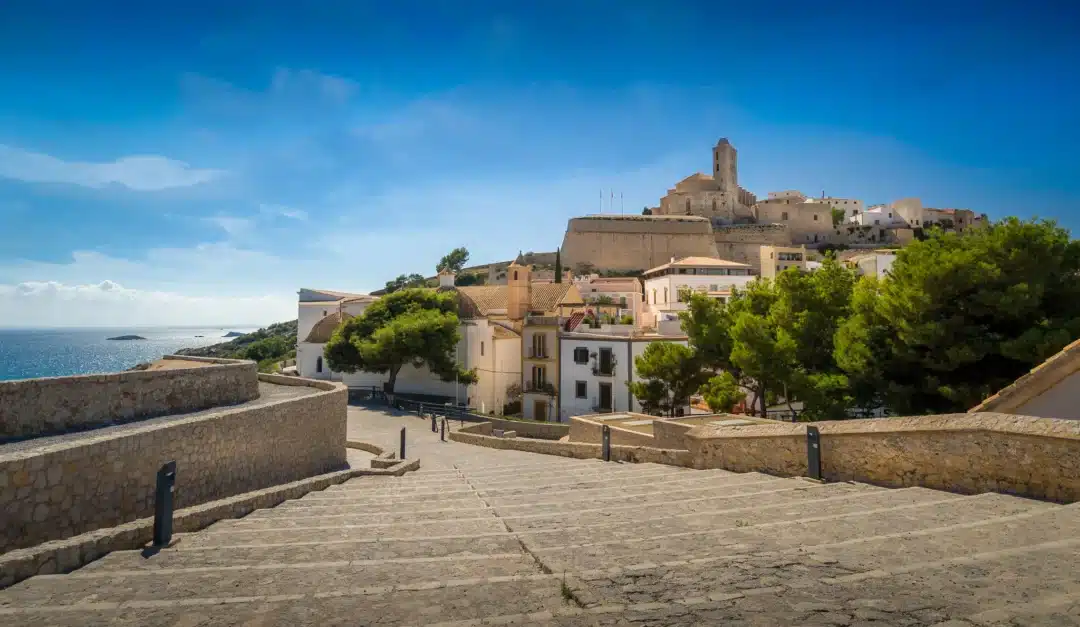
With the arrival of the Catalans, many elements of the previous Muslim rule were preserved, including the agricultural systems and architectural styles. However, new fortifications were built to protect against pirate invasions, such as the impressive walls of Dalt Vila, which still dominate Ibiza Town’s skyline today.
Ibiza: the Contemporary identity
In contemporary times, the island is internationally known as Ibiza, the Spanish adaptation of Eivissa. This name has become synonymous with vibrant nightlife, stunning beaches, and a rich cultural tapestry. The evolution of the island’s name from Ibosim to Ibiza mirrors its transformation through various cultural epochs, each leaving an indelible mark on its identity.
Today’s Ibiza blends its rich history with modern attractions, offering visitors a unique blend of heritage and entertainment. Tourists exploring the island can find ancient Phoenician settlements, Roman ruins, Islamic architecture, and Catalan fortifications coexisting harmoniously with trendy beach clubs and music festivals.
Curiosities and cultural reflections
- The Goddess Tanit: introduced during the Carthaginian period, the worship of the goddess Tanit became central to Ibizan culture. Numerous archaeological findings attest to her significance, and her legacy continues to influence local traditions and art.
- Ball Pagès: this traditional Ibizan dance, characterised by energetic movements and colourful attire, is believed to have origins in ancient pagan rituals, showcasing the island’s deep-rooted cultural expressions.
- Architectural heritage: the whitewashed houses of Ibiza, a distinctive feature of its architecture, are not only aesthetically pleasing but also practical. The use of lime helps keep the interiors cool during the summer and possesses antibacterial properties, reflecting a blend of form and function.
- Salt industry: Ibiza’s salt flats, originally exploited by the Phoenicians and expanded by later civilizations, remain one of the island’s economic cornerstones, producing high-quality salt that is exported worldwide.

The various names of Ibiza—Ibosim, Ebusus, Yabisah and Eivissa or Ibiza—serve as linguistic milestones marking the island’s journey through different civilizations. Each name encapsulates the essence of the era it represents, offering modern visitors a layered understanding of Ibiza’s multifaceted history. Exploring these historical nuances enriches the experience of the island, revealing the depth of its cultural and historical significance beyond its contemporary allure.
For those eager to discover Ibiza beyond its famous clubs and beaches, tracing the origins of its many names offers a captivating way to appreciate the island’s remarkable past.
